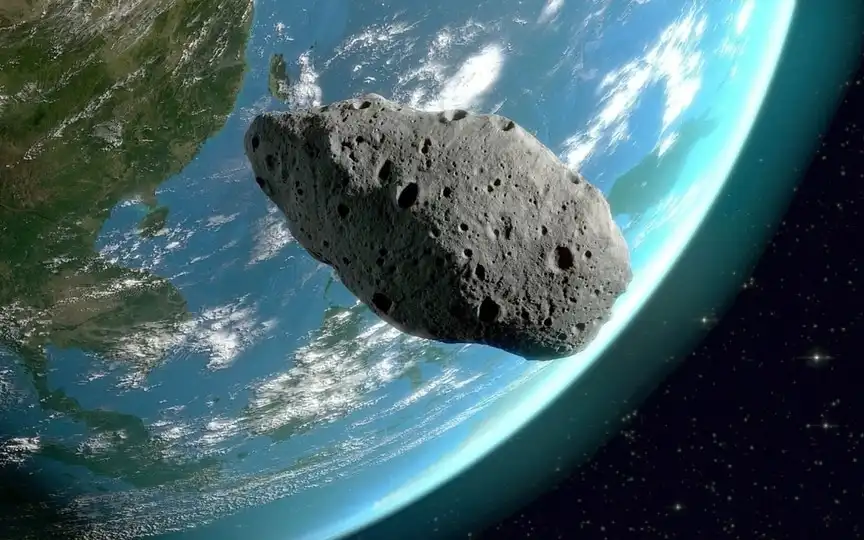NASA reveals speed and other details of 75-foot asteroid set to approach Earth as close as 2.4 million kilometers
Astronomers at NASA use their telescopes to track newly discovered Near-Earth Asteroids (NEAs) and record their positions in the sky. This data is then reported to the Minor Planet Center. The Center for Near-Earth Object Studies (CNEOS) analyzes the information to determine the most likely orbit of the asteroid around the Sun. According to CNEOS, an asteroid named Asteroid 2023 XO7 is projected to come close to Earth today, December 7. To learn more about Asteroid 2023 XO7, including its speed, size, and distance of approach, read on.
Asteroid 2023 XO7: Details
Asteroid 2023 XO7 is expected to pass Earth at a distance of only 2.4 million kilometers and at a speed of 24182 kilometers per hour, which is much faster than an intercontinental ballistic missile (ICBM)! It is important to note that although it has been called a near-Earth asteroid due to its close flyby distance, it is not expected to actually impact the planet.
It belongs to the Apollo group of Near-Earth Asteroids, which are space rocks that pass through the Earth and whose semi-major axes are larger than the Earth’s axis. These asteroids are named after the huge 1862 Apollo asteroid discovered by German astronomer Karl Reinmuth in the 1930s.
How big is the asteroid?
NASA has not designated asteroid 2023 XO7 as a potentially hazardous asteroid. Only celestial bodies longer than 492 feet that pass Earth closer than 7.5 million kilometers are defined as such, and asteroid 2023 XO7 does not meet one of those requirements. Asteroid 2023 XO7 measures nearly 75 feet across, making it almost the size of an airplane.
According to NASA, this is not Asteroid 2023 XO7’s first close approach to Earth. The first time it approached the planet was on November 16, 1961, when it passed at a distance of about 55 million kilometers. After today, it will pass Earth again on March 26, 2155, at a distance of nearly 70 million kilometers.




